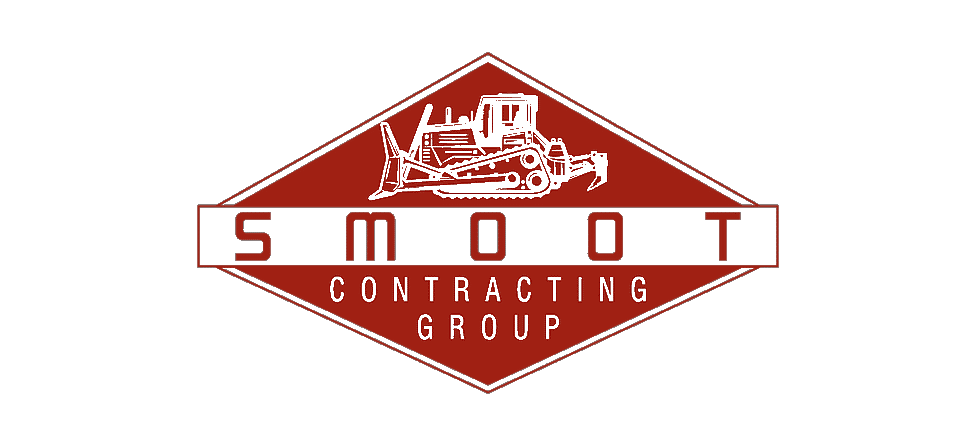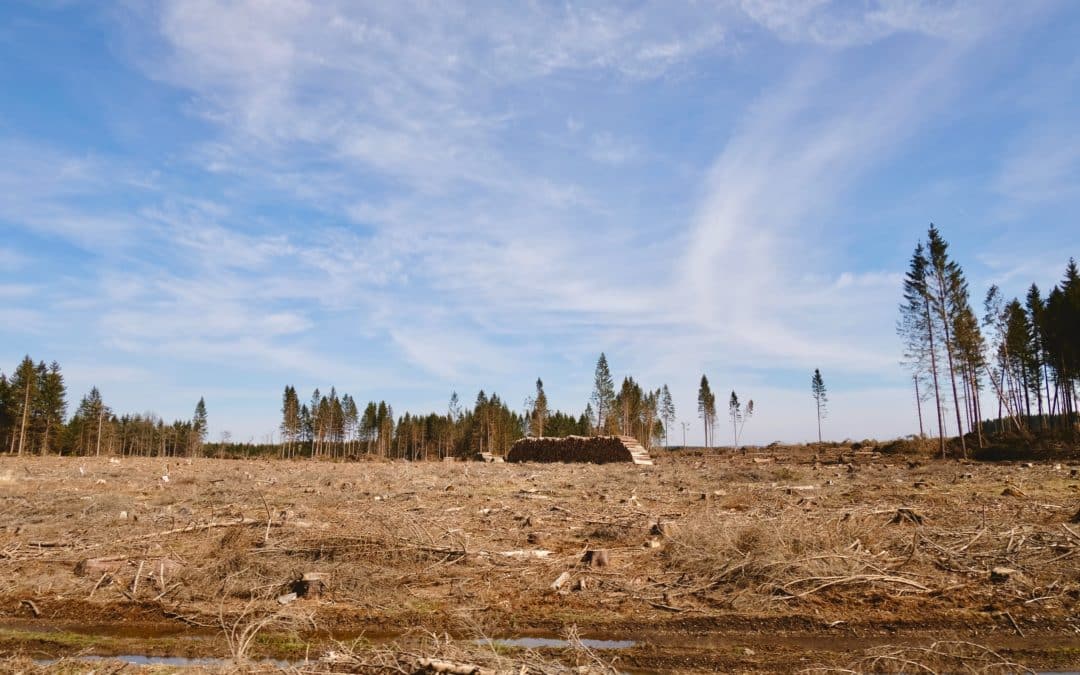Land clearing and grubbing are both surface operations that often involve cutting down and removing all trees, tree stumps, roots, and other debris from the site. This is done as part of the land-clearing process.
Land clearance may also include taking down and getting rid of structures that are no longer needed, like old foundations and concrete used to build structures.
Process Of Land Grubbing
The process of clearing land may also involve the removal of unused or abandoned facilities, such as outdated water and sewer pipes, if the utilities are deemed undesirable or have been left abandoned.
Land clearing companies, such as Smoot, must clear and dig a site before foundations, utilities, pipelines, or even access roads may be built on it when the site is being prepared for the new building.
Clearing land for new construction, whether residential or commercial, is typically one of the first steps in the development process and is an essential component of any construction endeavor.
Local Licensing
Check with the relevant authorities in your area to see if any licenses are required before beginning to clear and grub your land. It is possible that you may require a permit not just to clear the property, but also to get rid of the timber.
Composting and tree lopping could be subject to certain regulations. There can be some additional regulations to follow in order to safeguard the natural world or particular species. In addition to this, you should contact the local utility companies to find out whether there are any lines that might run through the land.
If it turns out that you have usable lumber, you should try to keep it if you can, as you might be able to incorporate it into the project or even sell it.

